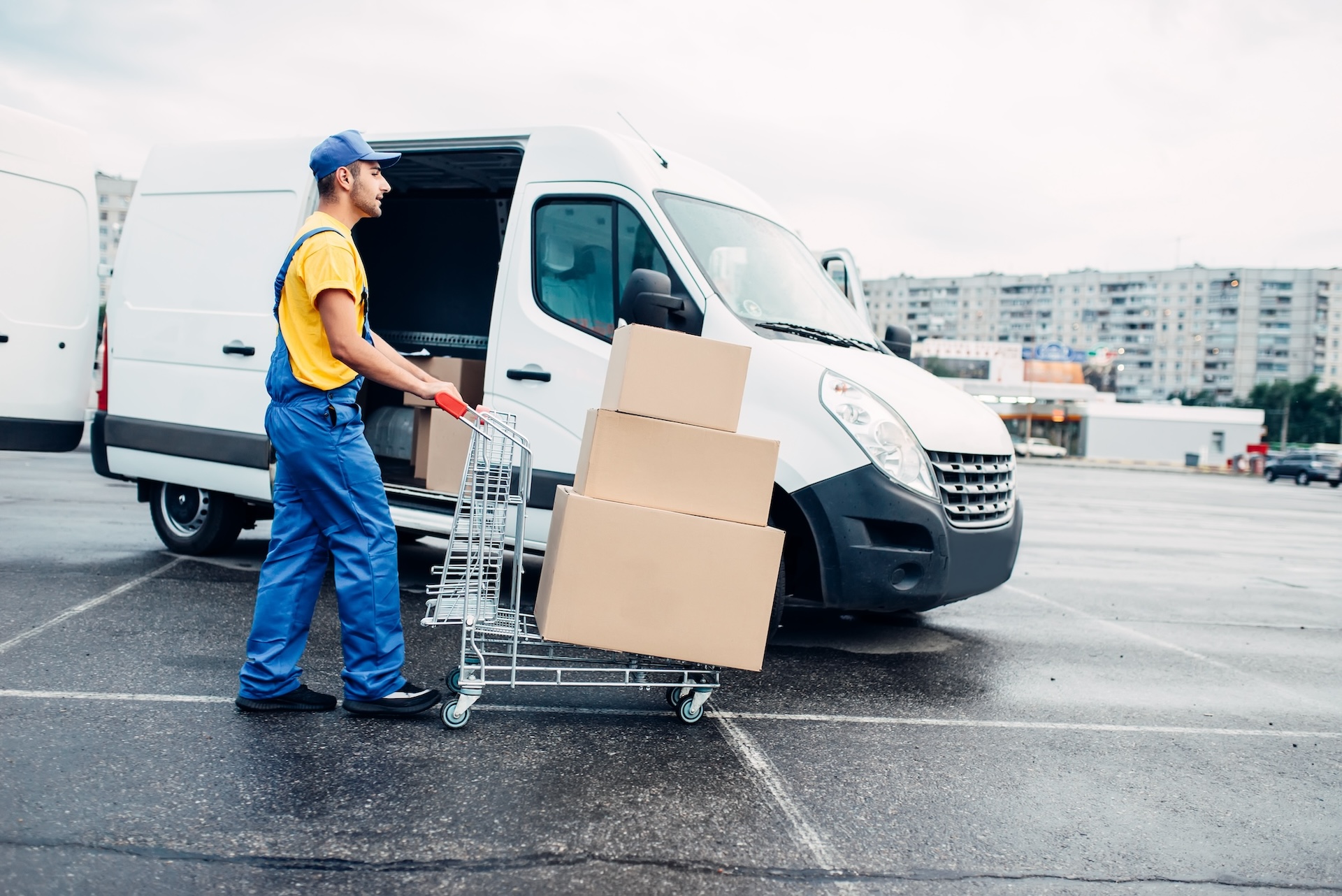
Most businesses reach a point where what got them here won’t get them there. The scrappy startup approach that worked when orders trickled in starts showing cracks when demand picks up. Boxes pile up in corners, shipping takes longer than it should, and suddenly the founder is spending more time playing Tetris with inventory than actually growing the business.
This turning point happens to almost every successful company. The question isn’t whether it’ll happen—it’s what you do when it does.
The Growth Moment That Changes Everything
There’s usually a specific moment when businesses realize their current setup isn’t cutting it anymore. Maybe it’s a holiday season that overwhelmed the available space, or a big retail account that requires inventory levels the current warehouse can’t handle. Sometimes it’s simpler than that—the realization that the person running operations is spending 30 hours a week on logistics instead of focusing on what actually makes the company money.
These moments feel stressful, but they’re actually good signs. They mean the business is working. The product is selling. Customers want what’s being offered. The operations just need to catch up with the success.
What Professional Logistics Actually Brings to the Table
The shift from handling everything in-house to working with a logistics partner isn’t just about having more square footage. Professional 3pl warehouses bring systems, technology, and expertise that would take years and significant capital to build independently. It’s the difference between figuring everything out through trial and error versus plugging into infrastructure that’s already proven.
For starters, there’s the technology aspect that most businesses don’t think about until they need it. Inventory management systems that track every unit in real-time, integration with e-commerce platforms that updates stock levels automatically, and shipping software that compares carrier rates and prints labels in seconds—these tools exist at professional warehouses because they’ve invested in them across their entire operation. A single business trying to buy and implement the same systems would spend tens of thousands of dollars and months of setup time.
Then there’s the knowledge that comes from handling logistics day in and day out. Professional warehouse teams know how to optimize space, which packaging materials actually protect products during transit, and how to route shipments for the fastest delivery at the best price. They’ve dealt with every scenario—damaged goods, shipping delays, inventory discrepancies, seasonal surges—and have processes in place for all of it.
The Flexibility That Fuels Growth
Here’s something that doesn’t get talked about enough: the ability to scale up or down without being locked into fixed costs. Businesses change. A product goes viral and suddenly requires three times the storage space. A seasonal brand needs massive capacity for four months and minimal space the rest of the year. A company expanding into new markets needs distribution points in different regions.
When operating a private warehouse, these changes mean signing new leases, hiring more staff, buying equipment, and taking on long-term commitments. With a logistics partner, the capacity flexes with actual needs. During peak season, more space and labor gets allocated. When things slow down, costs adjust accordingly. This flexibility removes one of the biggest barriers to growth—the fear of overcommitting to infrastructure that might not be needed long-term.
The Customer Experience Connection
Fast, reliable shipping has become table stakes in most industries. Customers expect orders to arrive quickly and intact, with accurate tracking information along the way. Meeting these expectations consistently requires logistics precision that goes beyond just having products in a building somewhere.
Strategic warehouse location plays a huge role here. Products stored closer to major population centers or shipping hubs naturally arrive faster. A logistics partner with multiple facilities can distribute inventory geographically, cutting transit times significantly compared to shipping everything from a single location. For many businesses, this distribution strategy is what makes two-day or even next-day shipping economically feasible.
The accuracy component matters just as much as speed. Professional warehouses use barcode scanning, quality checks, and verification processes that catch mistakes before orders ship. Sending the right product in good condition sounds basic, but it’s what separates companies that customers trust from ones they complain about online. When logistics operations run smoothly, customers don’t notice—they just keep buying.
Making the Partnership Work
Not every logistics provider is the same, and finding the right fit matters more than just comparing price sheets. The best partnerships happen when there’s alignment on communication style, technology integration, and growth philosophy. Some providers excel with high-volume, straightforward products while others specialize in handling items that need special care or have complex shipping requirements.
The conversation with potential partners should dig into specifics. How do they handle peak seasons? What’s their process when something goes wrong? Can their systems talk to existing business software? How quickly can they add capacity if the business suddenly takes off? The answers to these questions reveal whether a provider will support growth or become another bottleneck down the road.
The Transformation That Comes Next
When logistics stops being a daily headache, something interesting happens. Leadership attention shifts back to product development, marketing, customer relationships—the activities that actually differentiate the business. Operations teams can focus on improving processes and planning for growth instead of constantly putting out fires. The business becomes more responsive because decisions aren’t bottlenecked by warehouse constraints.
This shift doesn’t happen overnight, but it does happen. Companies that make smart logistics partnerships often look back a year later and realize how much energy was being drained by managing warehousing and fulfillment in-house. The business didn’t just get bigger—it got better at what it does best.
The right logistics partner doesn’t just store boxes and ship orders. They become part of the infrastructure that makes growth possible, handling the complex details of getting products to customers so the business can focus on everything else that matters.


